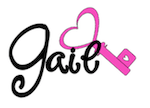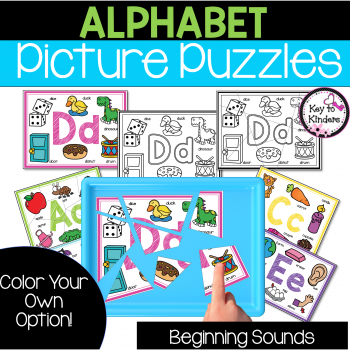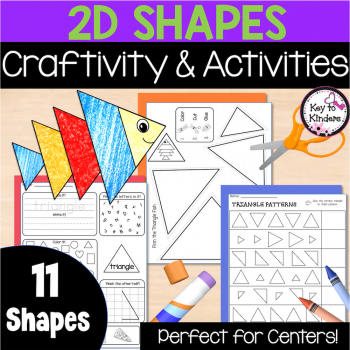Are your primary students struggling with their letter recognition skills?
It happened to me this year with my first graders. My students knew most of their sounds for each letter but when assessed on naming the letter, many of them were stumped. (If you want to learn more about letter naming fluency and its importance, check out my blog post HERE).
I had to go back a few steps in their learning and reintroduce simple games to boost their letter fluency. In this post, I want to spotlight one that is often overlooked as too simple…Letter Matching.
The Importance of Letter Matching
Matching games are often considered dull, especially by older primaries. What our kiddos don’t know is that by playing these simple games, they are boosting their visual discrimination skills, building memory muscles, stretching their focus abilities, and developing their language and vocabulary. Wow, for such a simple game, that’s a lot bang for a buck!
I want to share this quick, time-saving Letter Matching game with you. It’s totally FREE so grab it here and start using it in your primary classroom for a fun, engaging activity. It’s also perfect for English Language Learners or students with SPED accommodations.
Let’s take a look…
First, download the FREE file (link at the end of the post) and print. Laminate cards if desired and cut out.
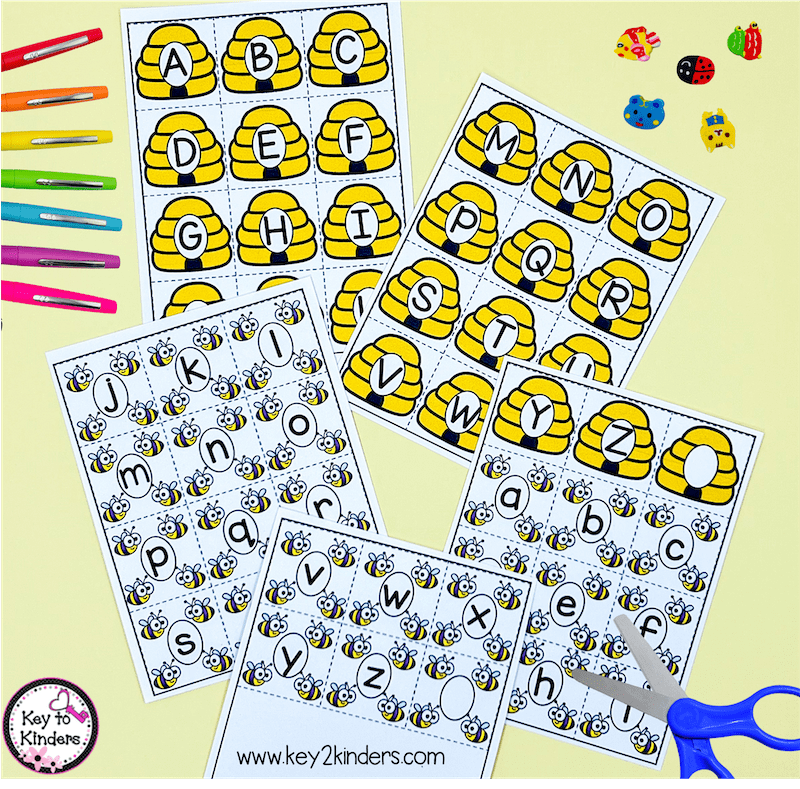
Here are just a few ways I use these cards in the classroom…
1) Matching game (1 player)
Great for independent work or early finishers. Lay all uppercase cards on a table or rug with no overlaps. Student works to match the lowercase cards to their counterpart. Add a timer and create a challenge…3 minutes, then 2, then 1. Or have the student time themselves and see if they can beat their previous time as they repeat the game.
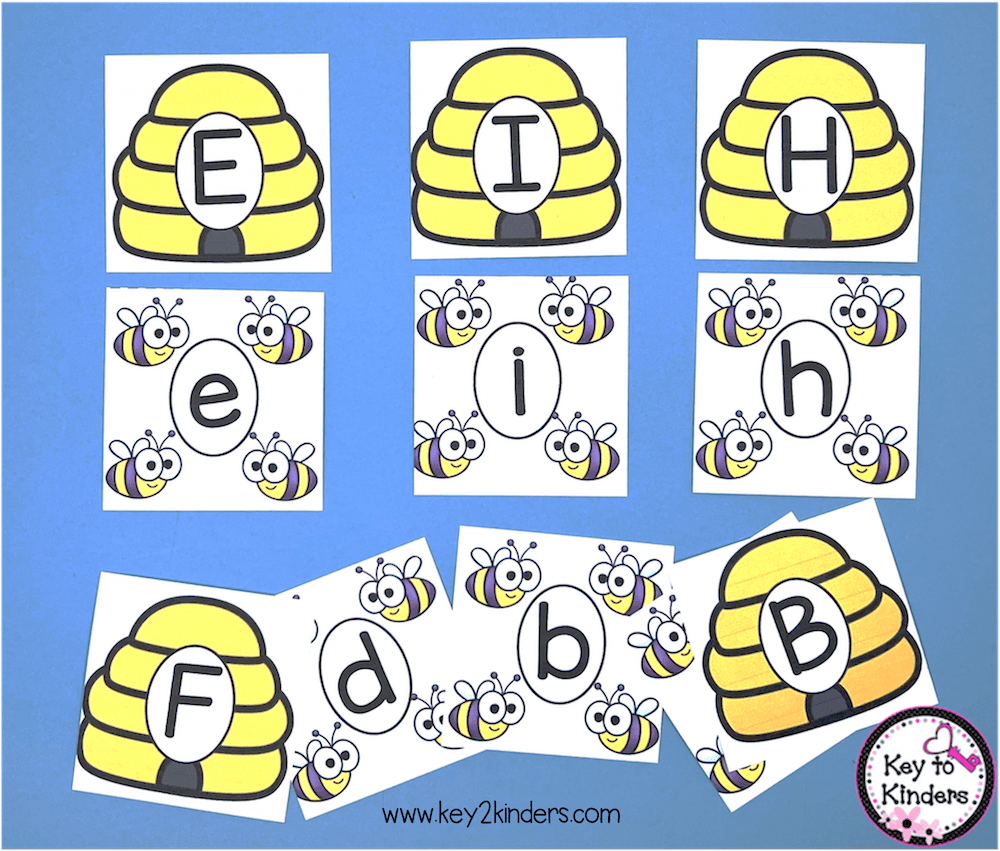
2) Concentration (2 or more players)
Choose 12 pairs of cards (upper- to lowercase) and lay them face down in a grid on table or rug. Students take turns to reveal 2 cards to find matches. If cards match, player keeps the pair and gets another turn. If cards do not match, player turns both cards face down and the next player gets a turn. For a challenge, increase the amount of pairs in play…14 cards, 16, 18, all the way to 26!
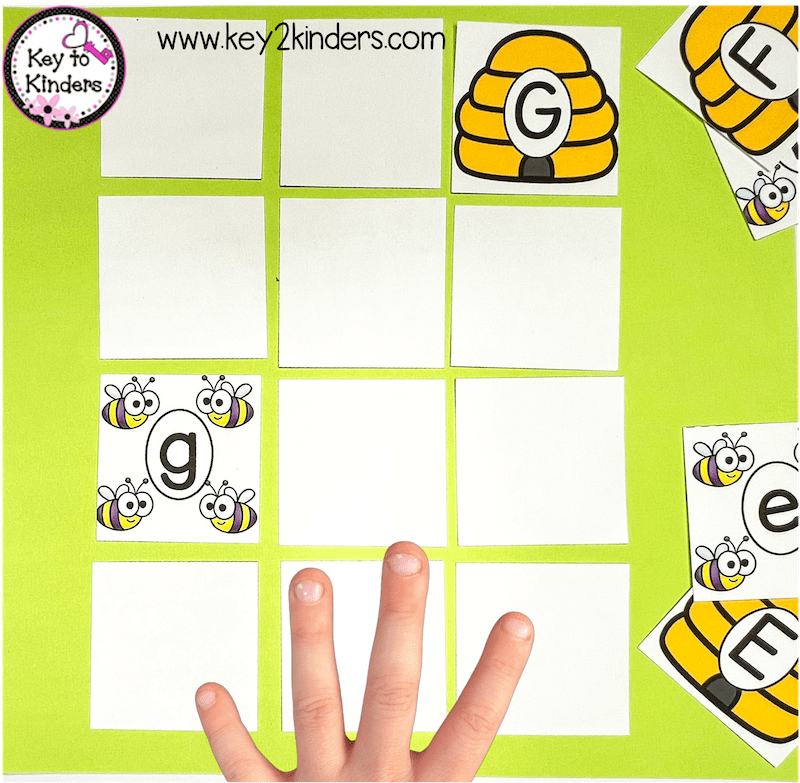
3) Go Fish (3 or more players)
Use all 52 cards or choose a set amount of matching pairs. Shuffle the cards. Deal 4 cards to each player and place the remaining cards in a pile in the middle of players. First player asks another player if they have a card that matches one in their hand (“Do you have an upper A?” or “Do you have a lower b”?). If other player does not have the card, player picks a card from the remaining deck and keeps it. If the other player has the card, player takes it and lays it down along with its pair on table or rug. The object is to collect as many pairs of cards as possible. Game ends when all cards have been paired. Winner is the one with the most pairs.

I hope this activity provides a fun, engaging, time-saving (for you!) learning experience in your classroom.
Grab the Unlocking Literacy: Free Alphabet Letter Match Game HERE!
If you like this activity, be sure to PIN it to your favorite classroom Pinterest Board!
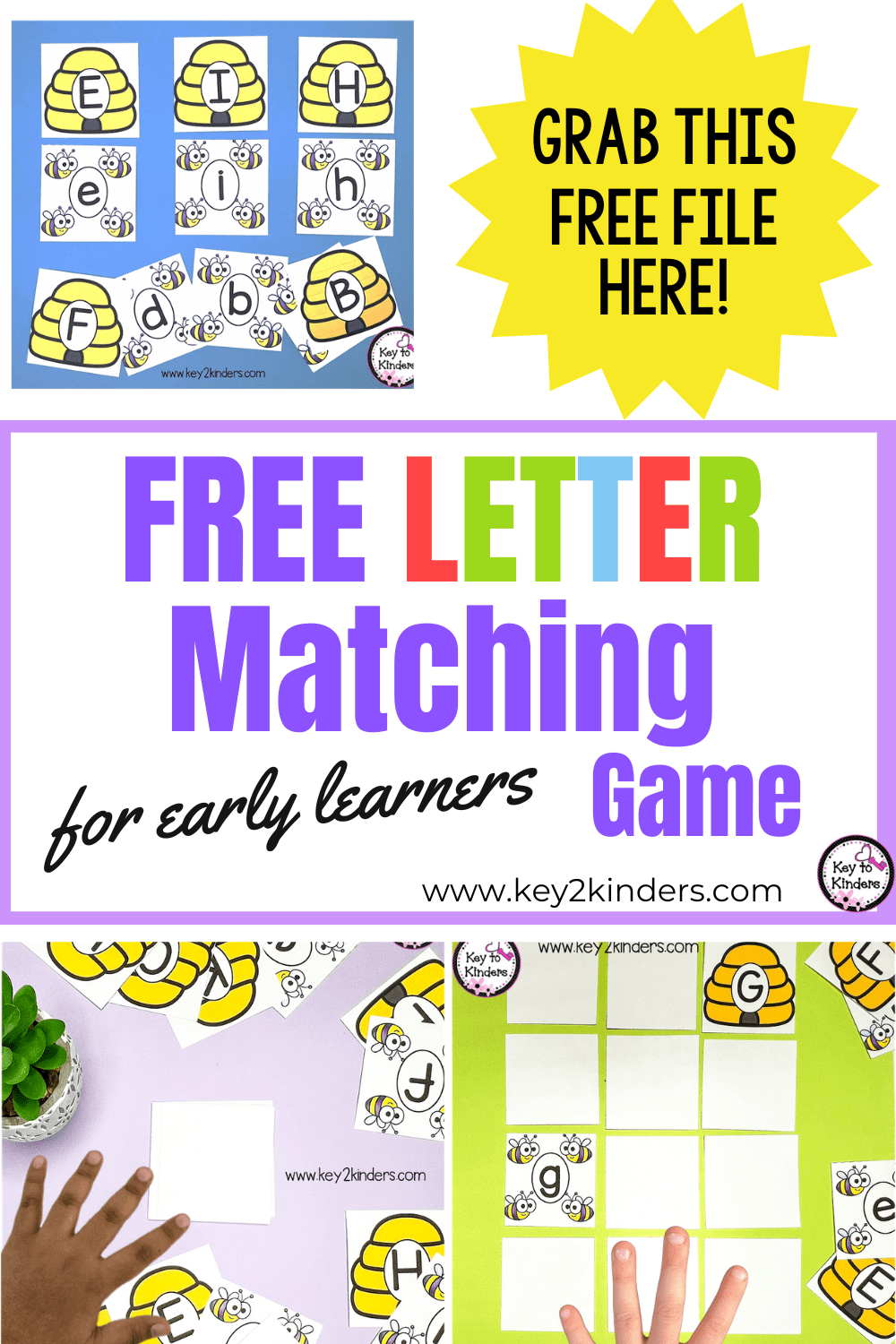
Peace and Love,
